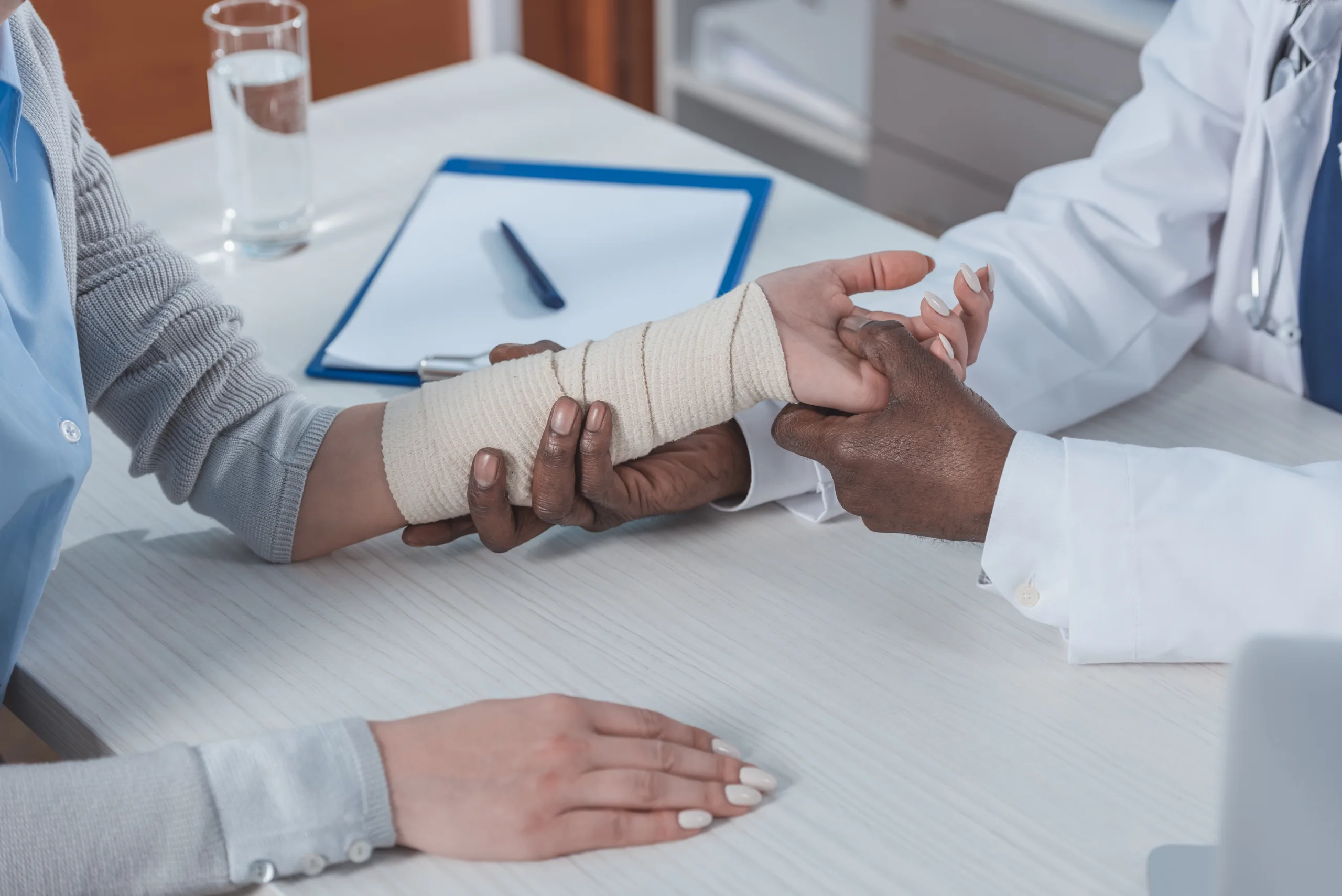In personal injury claims, victims attempt to collect on a variety of damages after an accident, with pain and suffering being one of the most commonly awarded compensation types. Pain and suffering damages refer to the mental and physical anguish caused by a person’s injuries.
It is challenging to determine the monetary value of a victim’s pain and suffering, which is why most work with experienced personal injury lawyers. Read on to gain a greater understanding of what constitutes pain and suffering and how these damages are valued.
Pain and Suffering: The Basics
There are two kinds of pain and suffering: emotional and physical. Physical suffering is when a victim suffers injuries due to an accident. When a lawyer sues for physical suffering, that includes both initial and future medical bills as they relate to the accident. Emotional pain refers to the emotional and mental issues that may arise from an injury, such as:
- Mental anguish
- Lost quality of life
- Emotional distress
- Anger
- Fear
- Humiliation
- Anxiety
- Depression
- Lack of energy
- Loss of appetite
- Insomnia
Usually, the two go hand-in-hand. Physical injuries often cause mental anguish, especially when an individual can’t go back to work, or is stressing about medical bills.
Valuing a Pain and Suffering Claim
A frequently asked question about personal injury cases is how an attorney determines the value of a client’s damages. The amount of the victim’s pain and suffering correlates with the cost of their medical care, but that is just one of the numerous factors that go into the calculation. Other factors include:
- The injury’s effects on the victim’s daily life
- Limitations on activity because of the injury
- The victim’s inability to hold a job
- Emotional trauma/Mental suffering
- The need for ongoing treatment
Make sure to save every single medical bill and doctor’s report to justify your claim to the insurance company. You should also have a letter from the doctor detailing what future treatments you will need, so the court can consider that in your claim.
Documenting a Pain and Suffering Claim
In many pain and suffering claims, the best proof is the victim’s description of how the accident has changed his or her life. Unfortunately, judges and juries are often reluctant to take a victim’s word alone, and they must provide additional information like:
- Medical bills and records
- Photos of the damages or injuries from the accident
- Testimony from friends and family
- Documentation of missed work days
Having a legal presence to give you a voice against all the insurance companies might make all the difference. Insurance companies have teams of lawyers who are trained to agree to the lowest possible settlement. A lawyer knows what evidence to bring in to keep the court on your side.
Contact a Lawyer for a Free, No-Obligation Consultation
Hiring a personal injury lawyer is one of the best things a victim can do to document their pain and suffering. An attorney will work with the client to assemble evidence and build a strong case to present to a jury or an insurance company.
The expert attorneys at E. Orum Young have over 35 years of experience helping personal injury victims receive the compensation they are entitled. We fight on your behalf to ensure that you don’t pay for your pain and suffering. Contact our office at (318) 450-6453 for a free case evaluation.






